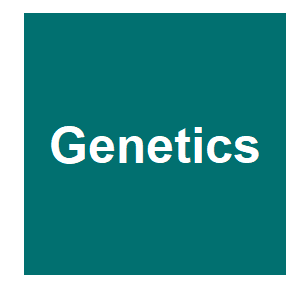Rapid spread of transposable P elements in experimental populations of Drosophila melanogaster.

|
A. G. Good, G. A. Meister, H. W. Brock, T. A. Grigliatti and D. A. Hickey,
Genetics,
1223:387-396.
1989.

The invasion of P elements in natural populations of Drosophila melanogaster was modeled by establishing laboratory populations with 1 %, 5% and 10% P genomes and monitoring the populations for 20 generations. In one experiment, the ability of flies to either induce or suppress gonadal sterility in different generations was correlated with the amount of P element DNA. In a second experiment, the percentage of genomes that contained P elements, and the distribution of P elements among individual flies was monitored. The ability to induce gonadal dysgenesis increased rapidly each generation. However, the increase in P cytotype lagged behind by five to ten generations. The total amount of P element DNA and the frequency of flies containing P elements increased each generation. The number of P elements within individual genomes decreased initially, but then increased. Finally, the distribution of P elements within the genomes of individuals from later generations varied considerably, and this pattern differed from the parental P strain. These results suggest that the interaction between the assortment and recombination of chromosomal segments, and multiplicative transposition could result in the rapid spread of P elements in natural populations More related to this: Rapid suppression of drive for a parasitic B chromosome Rapid evolution of yeast centromeres in the absence of drive Rapid comeback of males: evolution of male-killer suppression in a green lacewing population
|



